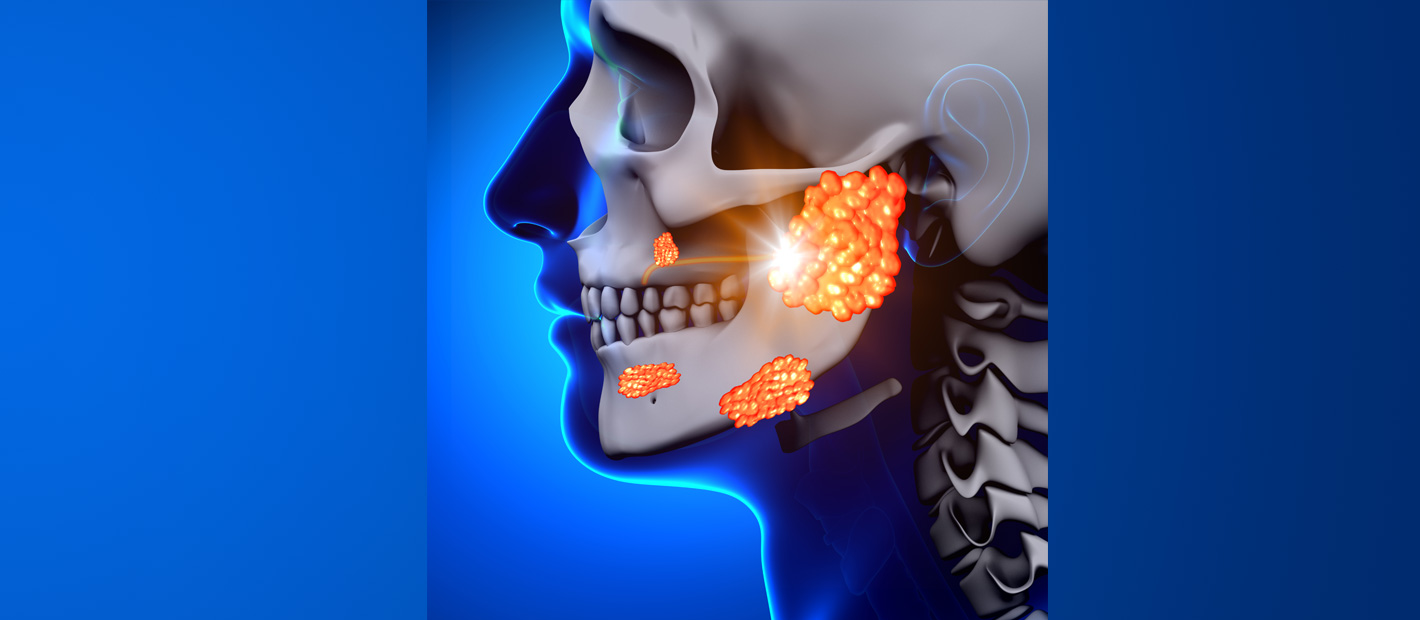Salivary gland disease
There are three main pairs of salivary glands: the parotid glands (on both sides of the face), the submandibular glands (underneath the jaw) and the sublingual glands (on either side of the tongue in the floor of the mouth).
Salivary glands normally produce saliva but in the diseased state may develop lumps, cysts, stones in the ducts or become inflamed. If you have a lump (mass) in one of the salivary glands then it may be a simple cyst or benign tumour; occasionally it might be a more serious problem. Salivary gland problems are usually investigated with imaging in the form of an ultrasound (US) or magnetic resonance imaging (MRI) scan.
If it will provide more evidence on the disease process then a needle test or Fine Needle Aspirate (FNA) cytology may be performed so a few cells can be analysed.
These tests are helpful but must be interpreted by an experienced clinician. Occasionally a slightly larger needle test may be required to make the diagnosis clearer.
Salivary gland inflammation is usually treated symptomatically, but stones are frequently removed by surgery with the duct left open. Salivary gland tumours are nearly always excised by either parotidectomy or other gland excision to remove the mass and confirm the diagnosis by histological analysis.

